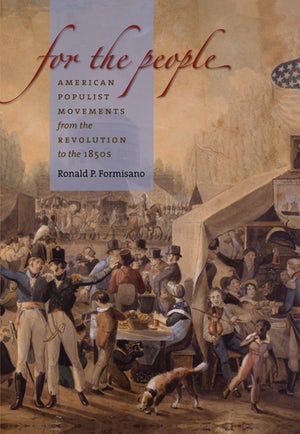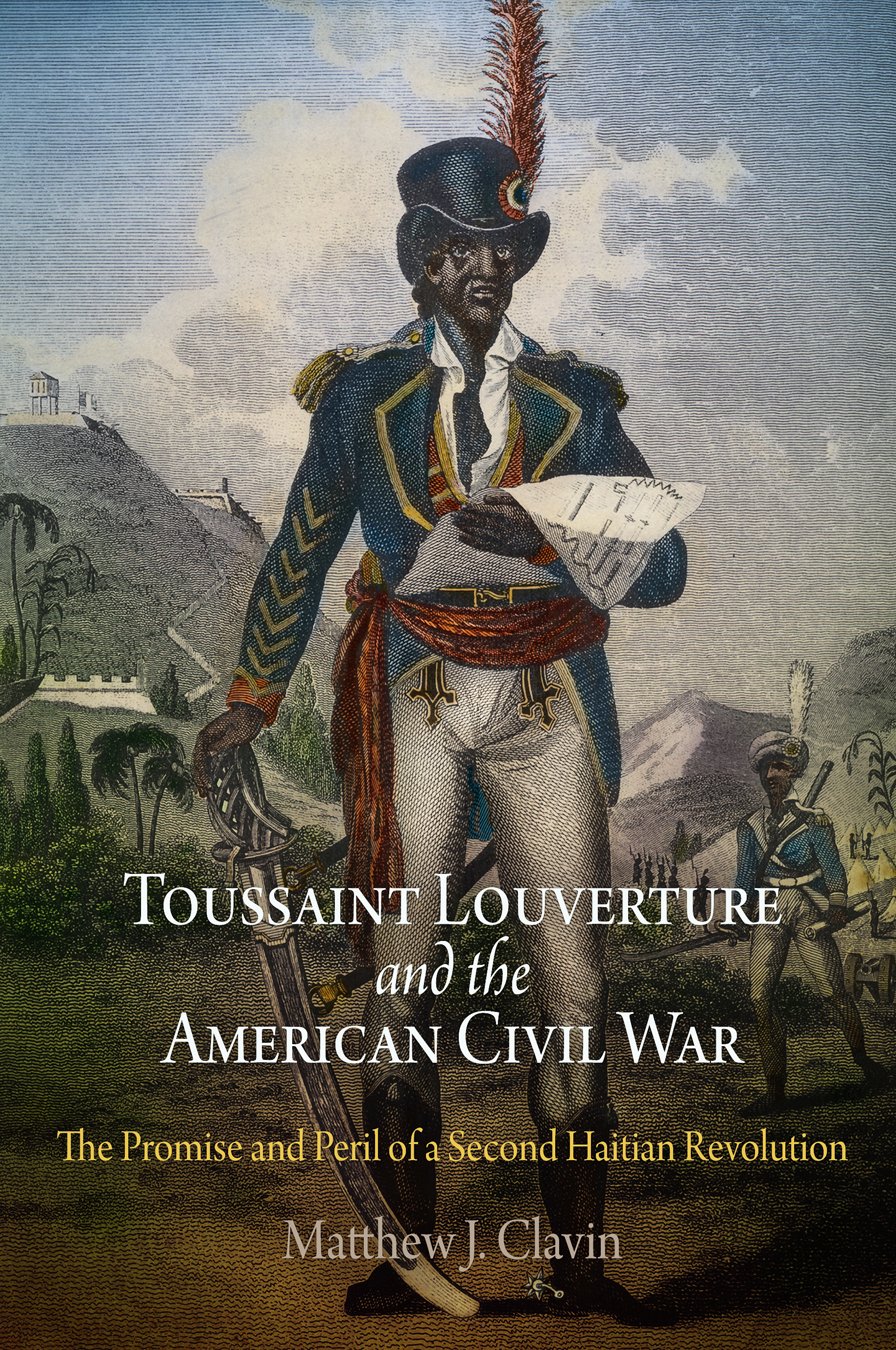Over the past ten to twenty years, a rising number of historians have recast both the history of North American slavery and Native American history by bringing to light the prevalence of American Indian enslavement in the Southwest, the Southeast, the Mississippi Valley, French Canada, and now New England. Margaret Ellen Newell’s focus on New England is especially revolutionary in transforming how historians have typically depicted this region and the nature of English settlement there in the seventeenth century. We used to think early New England’s colonists wished foremost to kill Indians off and push them out of the way, to clear the land of them so that John Winthrop and his ilk could found their “city on a hill” and “little commonwealth” of self-sufficient, faith-based English households and towns. Newell adds an alternative dimension to this version of the English conquest of New England by arguing that over the course of the seventeenth century, colonists brought Indians into their homes, extended legal jurisdiction over them, and depended on Indians for the growth of the New England economy. The driving force behind this incorporation of Indians was English demand for Indian labor.
Newell’s evidence in support of her argument is harrowing in how effectively it demonstrates the ruthlessness by which English settlers engineered expropriation of Indian bodies, forcing them into servitude and slavery in English households and putting them up for sale in slave markets around the world. She begins with the Pequot War and the moral, religious, diplomatic, and pragmatic debates that led to the capture, dispersal, and sale of several hundred Indian women and children by 1637. (The English saw adult men as intrinsically combative and dangerous and so executed those not killed in battle.) Many of these captives found themselves enslaved by the region’s most prominent English colonists, including John Winthrop and Roger Williams. Others were transported to the Caribbean and exchanged for African slaves.
Several chapters then explore the vital work enslaved Indians performed for English masters and the “hybrid society” that emerged from the intimacy of English and Indians living and working alongside each other (62). Particularly fascinating are Newell’s accounts of quite a few Indian servants who resided in the households of the colonies’ political elites and who became cultural and political intermediaries between Native communities and English authorities. Most notable were John Sassamon and Cockenoe, servants held by Richard Callicott of Dorchester, Massachusetts, and Robin Cassacinamon, John Winthrop Sr.’s servant who later revitalized the postwar Pequot presence in southern Connecticut by closely associating with John Winthrop Jr.
When King Philip’s War broke out in 1675, the conflict again served as a pretext for enslaving Indians. The victors divided the spoils—Native women and children—among themselves. In addition, many Natives who had been promised English protection as Christians living in praying towns or as neutrals in the war fell victim to kidnapping and transport out of the region. Hundreds ended up in Barbados, Jamaica, and elsewhere in the Caribbean but many were sold in more distant slave markets: Cádiz, Spain; Tangier on the North African coast, the Azores, and possibly even Madagascar. But for the several dozen reduced to debilitating labor as galley slaves in Charles II’s navy and others forced to build a fort for the English at Tangier, their fates are difficult to trace.
After King Philip’s War, English demand for Indian captives and slaves continued to feature in conflicts with Indians on the northern frontier while colonists also began purchasing “Carolina Indians” and “Spanish Indians” from outside the region. In the first half of the eighteenth century, Indians native to the New England region were less often categorized as slaves but still subject to forced labor as courts routinely sent debtors and convicted criminals into servitude without calling for clear contractual guidelines spelling out length and terms of service and rarely intervening in cases of abuse.
Throughout the book, Newell emphasizes the critical role ambiguity played in enabling the English to hold Indians literally as slaves or by some other designation that effectively amounted to perpetual and heritable enslavement. From uncertainty over the biblical stance on slavery to the sparse, erratic, and vague body of law that would eventually develop variously across the New England colonies to the incestuous conflicts of interest that allowed owners of slaves and servants to act as the administrators of justice in freedom suits brought against them, Indians and other people of color became subsumed by English jurisprudence but without the protections and privileges that that jurisprudence afforded its English constituents.
This book has completely altered my understanding of early New England history, making it—in my view—one of the most important books on this topic, and in American history more generally, to come along in the past few years. The only problem I had as a reader was that, on occasion, I wanted more precision in the footnoting to identify which sources certain information came from. However, on the whole, Newell’s research was impressively prodigious and wide-ranging. The depth of her research makes incontestable her conclusion that English colonists had a demand for unfree labor and employed a variety of devices—warfare, legal adjudication of debt and criminal cases, and purchase—to force the region’s Native people to satisfy that demand.
This article originally appeared in issue 16.3.5 (July, 2016).
Nancy Shoemaker is a professor of history at the University of Connecticut. Her most recent book is Native American Whalemen and the World: Indigenous Encounters and the Contingency of Race (2015).



















